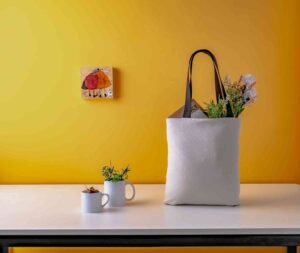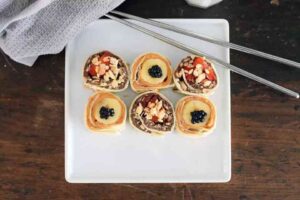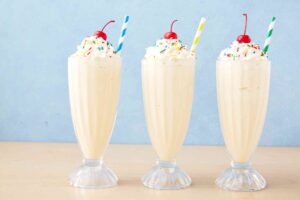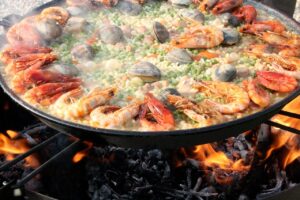In this article, we discussed the similarities and differences between champagne and sparkling wine. But of course, a dedicated page for champagne for your guidance is another must to truly understand, love and enjoy everything that this fine drink has to offer.
Champagne 101 : The Basic

- Champagne is by definition, must be made in the Champagne region of France. Some of the most favorite champagne brands such as Moët, Veuve Clicquot, and Dom Perignon are all produced in the same area.
- Champagne is made by the traditional method or is called Méthode Champenoise. This is a method which requires a secondary fermentation in the bottle.This secondary fermentation is accomplished by adding a mixture of sugar and yeast, called the liqueur de tirage, to still wine. This wine is then bottled and capped, with a bottle cap similar to ones found on beer bottles – not a cork.
The important thing to remember is that the secondary fermentation happens in the bottle and not a tank ( which means it’s not champagne, but rather a variety of sparkling wine)
- Champagne isn’t all expensive. It comes in a variety of prices, and even a variety of styles. But it is generally more expensive and higher in quality than a standard sparkling wine.
Flavor Profile and Food Pairing
Since Champagne is aged longer on the yeast particles, it will often have a cheese rind like flavor that in finer examples comes across as toasty or nutty. Using high pressure aging method, champagne bubble consistency is fine, persistent and sharp.

As for food pairing, Champagne is in fact a versatile “ food wines” all thanks to its high levels of acidity and small amount of sugar. It can complement many elements in almost any food and works wonderfully as a match with shellfish, pickled vegetables and crispy fried appetizers. Sipping Champagne with potato chips may sound odd and unfitting, but try it to know that they can be the best pair for your tastebuds!
For other ideas, try pairing champagne with fried mushrooms, cheese, chicken sandwich, caviar, oysters, lamb, and sushi.
How to Choose Champagne

- Read the Sweetness Level
The sweetness level indicates the mixture of wine and sugar that’s added at the end of its second fermentation to make bubbles. The sugar balances the acidity to make it drinkable so choose based on the amount of sugar used or go with the highest if you’re unsure.
The most common champagne is brut, which is also one of the driest ( the least sweet). This is how champagne types vary in sweetness, from driest to sweetest: extra/ultra brut, brut, extra sec, sec, demi-sec, doux.
- Appearance
Notice the colour of the champagne and size and finesse of the bubbles. Younger champagnes will be lighter, older ones will be darker.
The smaller the bubbles, the better the champagne, and you get a nice smooth consistency which means it’s smoother on the palette as you drink it and a more pleasant experience.
- Aging
The more aged the wine, the more bready, toasty and nutty the aroma. These are the highlights of great champagne. Pick your champagne based on non vintage ( minimum 15 months) or vintage (minimum 36 months)
Last but not least, consult your wine seller before purchasing to prepare for your occasion. At Luxofood, we always welcome such questions and ready to dispense recommendations from brands, budget, to any other preference. Contact us today to find out more!



